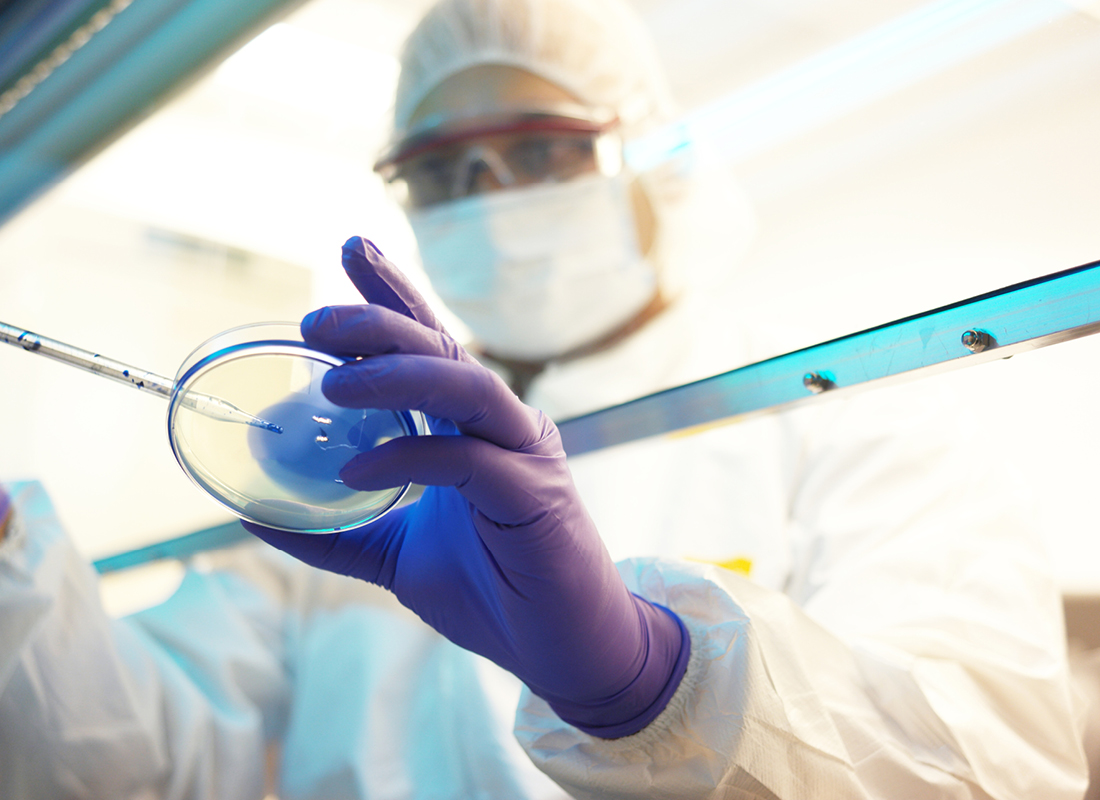The number of medical laboratory scientists (now clinical lab scientists) is dwindling. Baby Boomers have begun to retire, and even before that, there were more job openings than people to fill them. That means more opportunities in the lab field, and in some cases leadership roles are being obtained by less experienced people than in years past. Whether or not one has a long lab history, one aspect of any new leadership position that will be important to grasp is management of the lab safety program.
The first step for a new lab leader is to ensure the existence of a functional laboratory safety program. To do this, look for specific components of the program: a laboratory safety manual, a safety committee, and lab safety indicators. If these items are in place and functioning as they should, you’re off to a good start.
[freereport]
The laboratory safety manual may be paper or in an electronic format. It should be separate from the hospital or facility safety manual as there are many lab-specific safety policies and procedures that are required. Maintain document control of these safety policies, ensure they have medical director (or designee) approval, and review these policies in a timely fashion. It is important to remember that while some lab regulatory agencies (like CAP) allow bi-annual policy review, OSHA requires annual reviews. OSHA covers many safety policies in the lab such as the chemical hygiene plan, the exposure control plan and many more. It is a best practice to review and revise safety policies and procedures annually.
The laboratory should have a functioning safety committee, no matter the size of the department. If the lab staff is very small, the leader may play a role in the larger hospital or facility safety committee. If the lab is larger, a committee composed of just lab staff is advised. If the hospital or lab is part of a system, the committee should include at least one member from each lab site. The safety committee should meet at least monthly. It is important not to skimp on meetings or cancel them on a regular basis. Let staff know this is a priority for the leadership in the lab. During the meetings provide education, review lab incidents, and raise safety awareness. Train committee members how to perform safety audits, how to develop “safety eyes,” and most especially how to coach each other and their peers in the department.
Another important component of a functioning lab safety program is the use of safety indicators. Much like quality indicators, this safety data can be used to help determine the overall safety culture in the department. A good example indicator includes monitoring the employee exposure and injury rate. By using the laboratory’s OSHA 300 log information, a lab can compare its reportable injury data to national benchmarks. Many safety indicators are typically reactive data (or lagging), but tracking safety meeting attendance can actually serve as a leading indicator for the lab.
Once you’ve assessed the lab’s safety program, the next step a new leader should take is to assess the overall lab safety culture. This can be performed in many ways. One part of performing the assessment is by using your “safety eyes” that was mentioned earlier. Scan the lab visually. What immediate safety issues are seen? What is on the walls of the department? What types of interactions are observed? What is the physical layout? With practice and experience, a leader may be able to do the visual portion of the culture assessment quickly.
Another safety culture indicator tool is a laboratory safety audit. The results of an audit can provide much information about safety practices in the lab such as PPE use, chemical storage, and awareness of fire safety issues. There are several safety audit examples in safety references from the CDC, WHO and more. As stated before, audit results can be discussed at the lab safety committee meetings, and ideas for improvements can be considered.
Managing the overall lab safety program is a big job, and it is often only one task of many that belongs to a laboratory leader. Change occurs daily in the field of lab medicine, and new leaders are coming aboard. Whether you are new or experienced, however, utilizing these basic first steps will provide a leader with the information needed to identify the safety culture and to understand how the program is operating.
